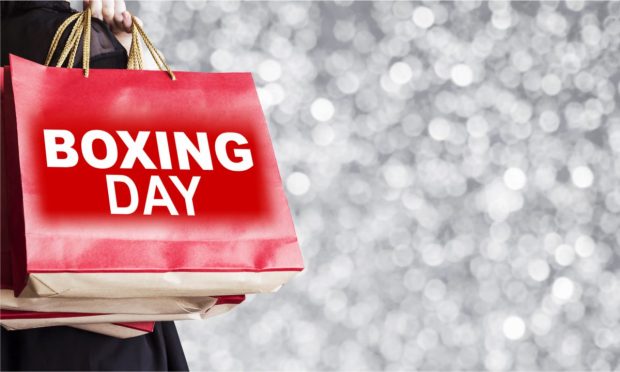Omicron Concerns Cut UK’s Boxing Day Retail Traffic by 44%

The post-Christmas optimism about the retail sector’s turnaround quickly went sour across the U.K., where there was a 44% drop in foot traffic from the same day in 2019 across London’s West End on Boxing Day, a retail expert told The Independent Monday (Dec. 27).
The West End Company represents about 600 retail businesses on Oxford Street, Bond Street, Regent Street and in Mayfair. The drop in foot traffic was attributed primarily to the ongoing spread of the omicron variant of the coronavirus.
“As expected, footfall for Boxing Day remained down on pre-pandemic levels as London continues to feel the effects of the omicron variant, with swathes of people choosing to remain home to browse the sales online rather than risk traveling into city centers,” chief executive Jace Tyrrell said.
“This, combined with the limitations of Sunday Trading regulations, saw a muted start to the post-Christmas sales period. We hope that the Prime Minister will provide further clarity on possible restrictions this week to ensure that businesses are given enough time to prepare for any further changes,” he said.
Foot traffic dropped 67% in central London compared to 2019 and 58% in other major cities across the U.K., retail experts Springboard said. The pace of shoppers was down 73% in northern Ireland, 63% in Wales and almost 50% in Scotland compared to 2019, amid new coronavirus restrictions, including a mask requirement in all shops and limits of six people in stores.
Prime Minister Boris Johnson is meeting with officials Monday to talk about implementing further restrictions to limit the spread of the COVID-19 pandemic, according to Reuters.
Related: UK Retail Foot Traffic Down 45% from 2019 Boxing Day
Omicron’s quick spread has also had dire effects for restaurants, according to previous PYMNTS reports, although the industry’s resilience might be better than in March 2020. There were 51 COVID-19 cases in the 30 days leading up to Dec. 20.
Most restaurants have added digital orders and quick service elements to their operations since the coronavirus began its spread almost two years ago, curtailing some of the blow from the loss of in-person traffic.
